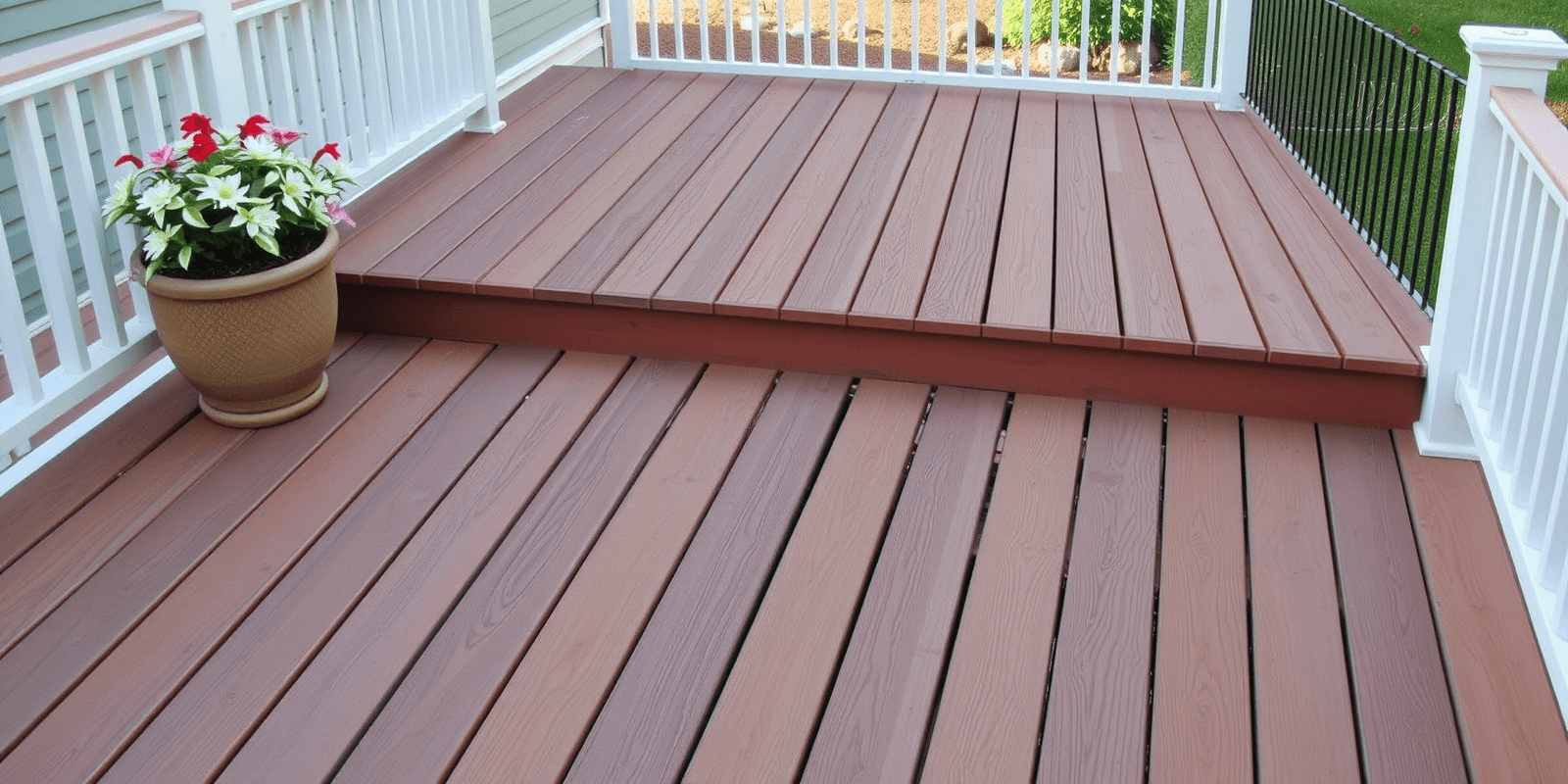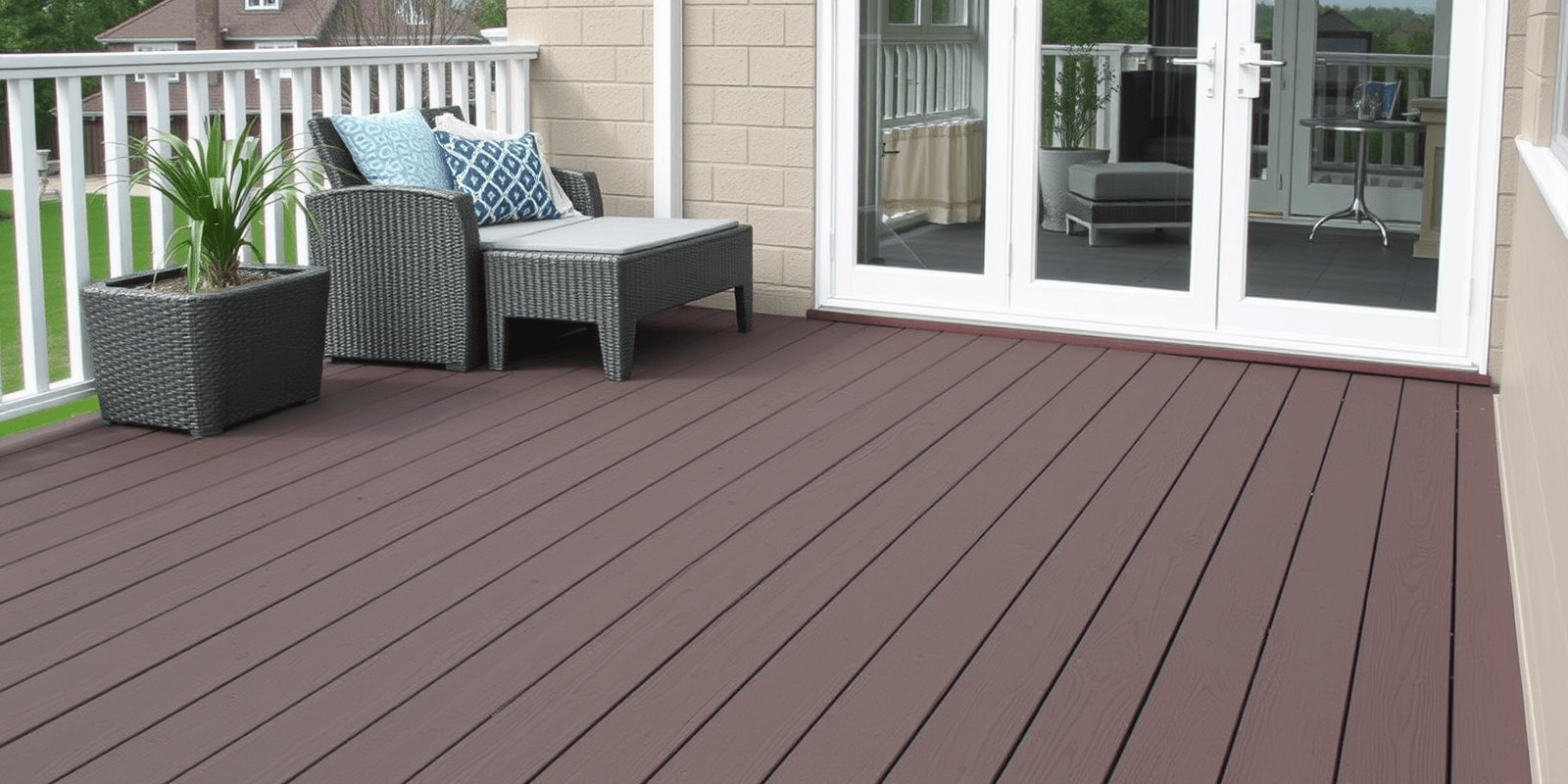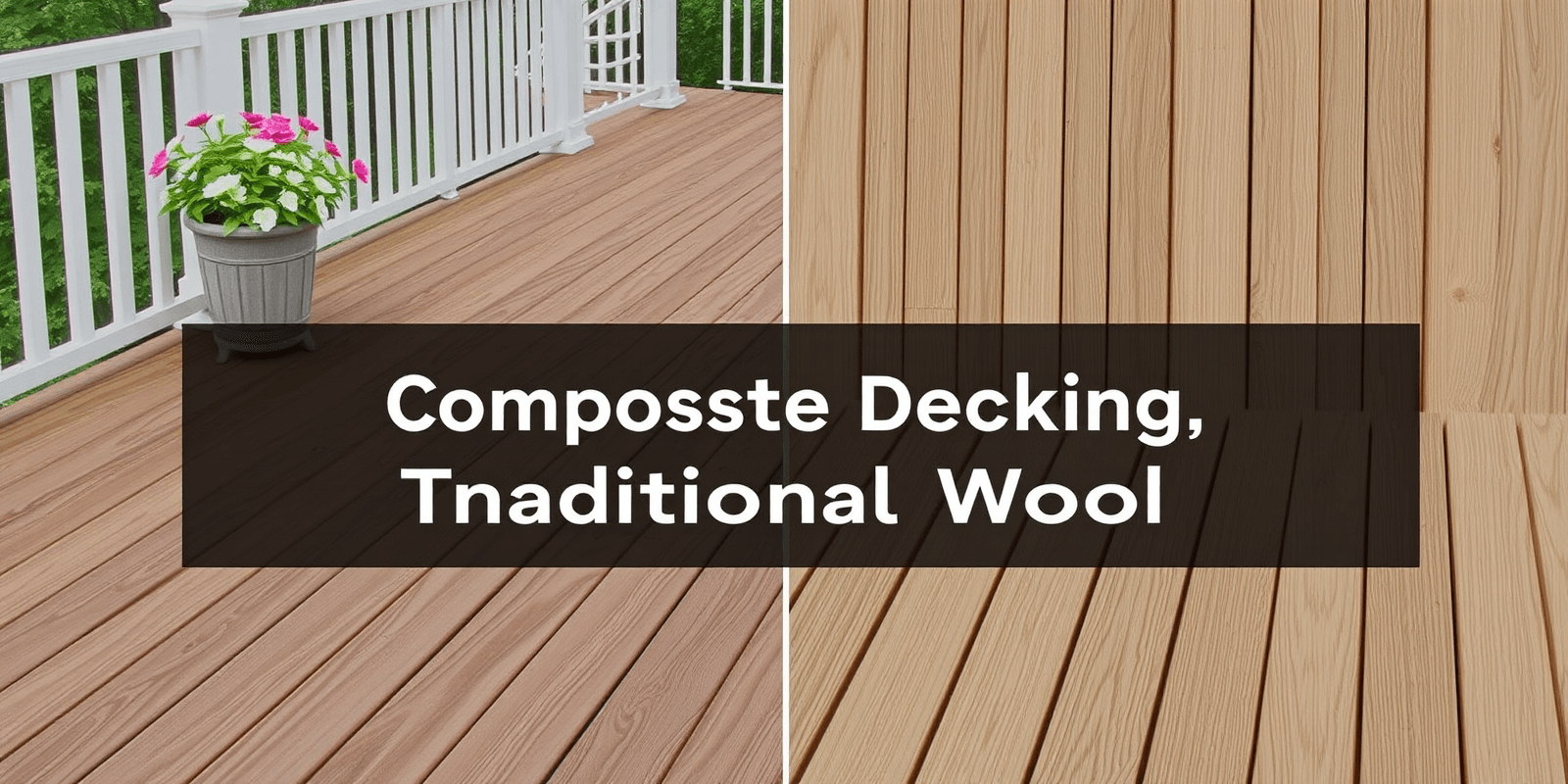The Aesthetic Appeal of Combining Wood and Composite Decking
Introduction
Decking materials have evolved significantly over the years, offering homeowners a variety of options for enhancing their outdoor spaces. Among these choices, wood and composite decking stand out as popular favorites. While each material has its own unique characteristics, many wonder if combining wood and composite decking could result in a visually unappealing outcome. This article explores the aesthetic considerations of using both materials together, discussing the pros and cons, providing design examples, and offering guidance on achieving a cohesive look.
Pros and Cons of Mixing Wood and Composite Decking
Mixing wood and composite decking can create a visually dynamic and unique outdoor space. However, it’s essential to understand the pros and cons before making a decision.
Pros
- Variety of Textures: Combining different materials can add depth and texture to your deck, creating a more interesting visual experience.
- Customization: Mixing materials allows for greater customization, enabling you to create specific design elements such as seating areas or borders.
- Durability: Using composite materials in high-traffic or moisture-prone areas can enhance durability while maintaining the natural beauty of wood in other sections.
Cons
- Visual Cohesion: Achieving a harmonious look can be challenging, especially if the materials are not well-coordinated.
- Maintenance: Different materials may require different maintenance routines, adding complexity to upkeep.
- Cost: Mixing materials can increase overall costs due to the need for specialized installation techniques and potentially higher material prices.
Design Examples and Guidance
To achieve a cohesive look when mixing wood and composite decking, consider the following design tips:
Use Materials with Similar Colors
Select wood and composite materials that share similar color tones. For example, using a dark brown composite alongside a lighter brown wood can create a balanced and aesthetically pleasing appearance.
Create Distinct Zones
Divide your deck into distinct zones using different materials. For instance, use wood for the seating area and composite for the main walkway. This approach can help maintain a cohesive look while highlighting different design elements.
Incorporate Accents
Add accents using one material to highlight certain features. For example, use wood planks as trim around composite decking areas or vice versa. This technique can create a striking contrast and draw attention to specific design elements.
Conclusion
Combining wood and composite decking can result in a stunning and unique outdoor space if done thoughtfully. By considering the pros and cons, following design guidelines, and selecting complementary materials, you can create a deck that is both functional and visually appealing. Whether you’re looking to add texture, customize your space, or enhance durability, mixing these materials can be a rewarding choice.



